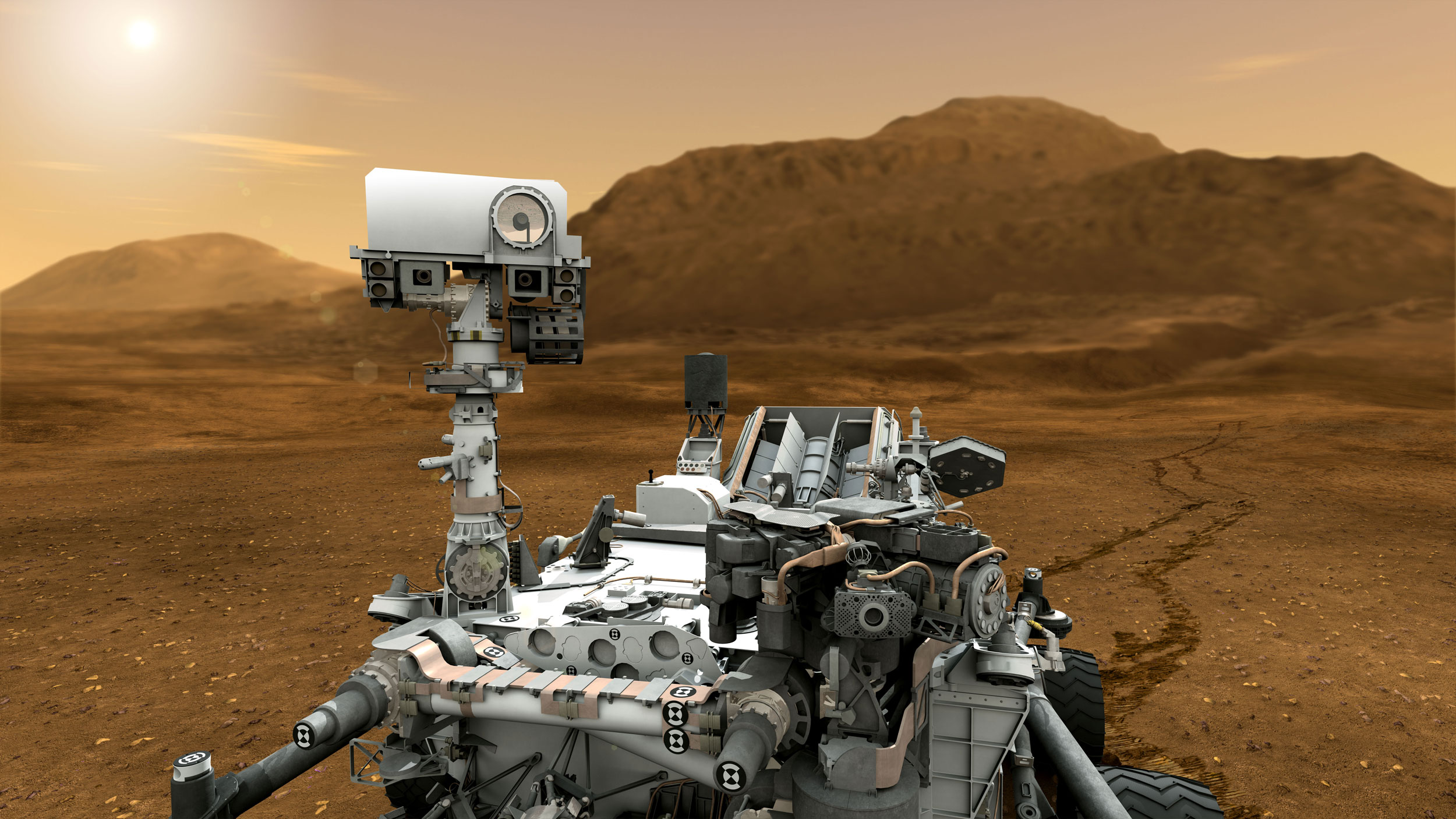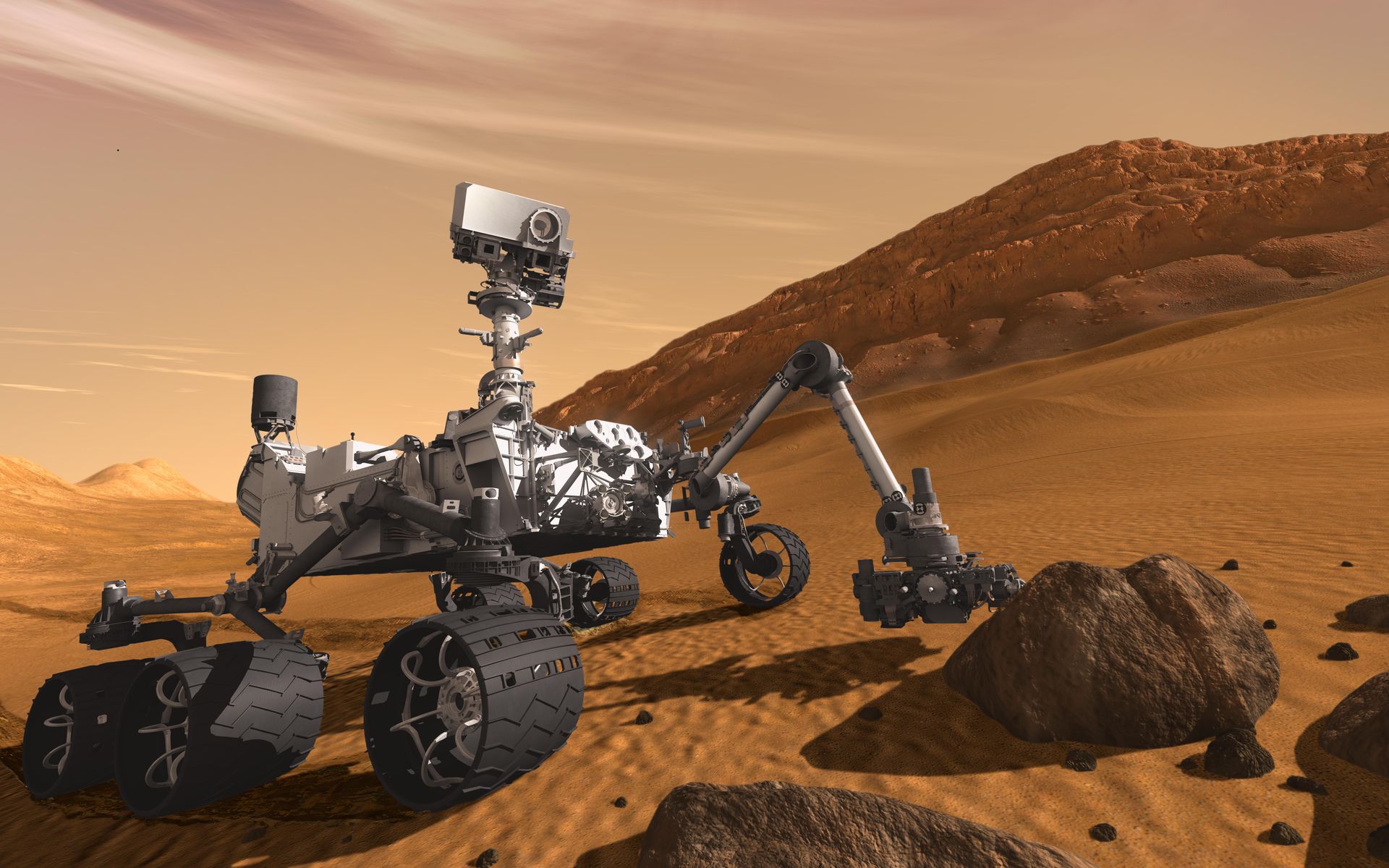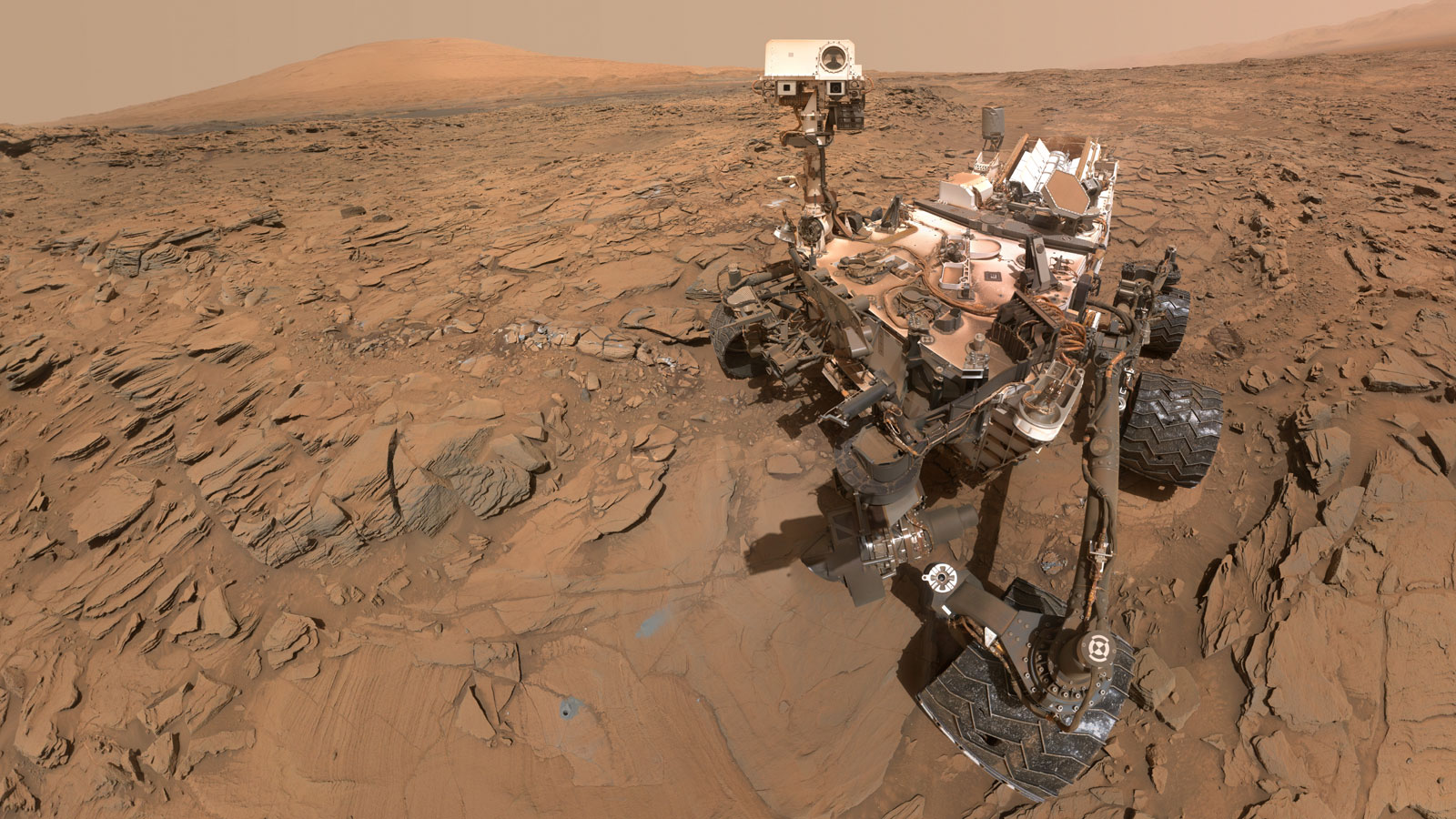Curiosity Mars rover launched by NASA has detected high amounts of methane in the air of the planet past week. This seems like a major discovery for scientists because this gas is often associated with carbon-based life forms.
[fvplayer id=”2212″]
Scientists were stunned to witness the data beamed by curiosity on Thursday. The project scientist for the mission, Dr. Ashwin R Vasavada, wrote the team an email which has been published by The New York Times.
More experiments to be conducted
After receiving the results from Curiosity Rover, the team at NASA has reorganized the weekend to conduct a follow-up experiment. New instructions were sent to the rover on Friday by NASA Curiosity Mission Controller to follow up on the readings.

We can expect the observations and results to arrive back to Earth on Monday.
Humanity has long been fascinated by the possibility that there may be life on the red planet. However, pioneer rovers Viking Landers of the 1970s sent by NASA revealed that the landscape of the planet is barren.
Microbes may be thriving under the surface
According to the consensus of the scientific community in the modern world, if there are microbial life forms on Mars, it is most likely that they live and survive under the surface of the planet.

If we can confirm the detection of methane, it will be a significant discovery. This is because the harsh Martian weather would break down the gas molecules within a few years. If there were any gas molecules detected, they must have been released recently.









